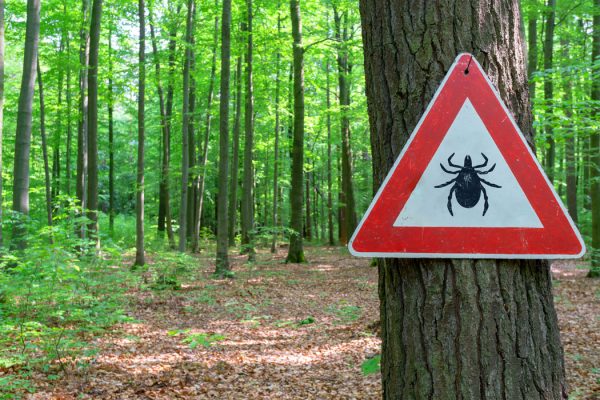Vitamin C
Most animals make their own Vitamin C (ASCORBIC ACID), here’s a few examples of animals that can’t. Certain primates, monkeys, apes, guinea pigs, bats, capybaras (a giant rat) and of course humans. All of theses animals can’t make their own Vitamin C. So where do we get our Vitamin C from? And what happens if you are Vitamin C deficient? Also what is the optimal level dose of Vitamin C?
A Brief History of Vitamin C – The Age of Scurvy
It is thought that between the time of Columbus’s first voyage to the new world. And the invention of steamships in the 19th century. More than 2 million sailors died of scurvy. More died of vitamin deficiency than, battles, storms and all other diseases combined. They realised that if sailors ate citrus fruit they would not get scurvy. But they still didn’t know why it worked.
The risk of developing scurvy was documented as far back as Hippocrates. Even the Egyptians recorded scurvy symptoms. In fact, the knowledge that consuming vitamin-rich foods was beneficial has been discovered and forgotten then rediscovered many times. However, it wasn’t until the 1930’s that Vitamin C was actually discovered. Albert Szent-Gyorgyi a Hungarian biochemist was awarded the Nobel Prize in medicine in 1937 for the discovery. Dr. Fred R Klenner then took vitamin c treatment to the next level. In the 1940’s he used high dose Vitamin C intake via intravenous and injections. His well-documented studies show that high dose Vitamin C will reduce oxidative stress reduces the risk of heart disease slow down age-related macular degeneration.
Klenner’s research and treatments were reversing polio and pneumonia among others. Another 20th-century Vitamin C hero was Prof Linus Pauling who also won a Nobel Prize. But his research into Vitamin C was often ridiculed by mainstream medicine.
There are many Vitamin C pioneers here’s a non-definitive list.
- Dr. Fred R Klenner
- Prof. Linus Pauling
- Dr. Robert Cathcart
- Dr. Hugh Riordan
- Dr. Thomas Levy
- Dr. Ron Hunninghake



